Scooter Maintenance Top Tips: Keep Your Ride Smooth and Reliable
Effective scooter maintenance is essential for ensuring a smooth and safe riding experience. To keep your scooter in top-notch condition, it's crucial to follow a few key steps. This practical guide will walk you through the essential maintenance practices that enhance performance and safety.
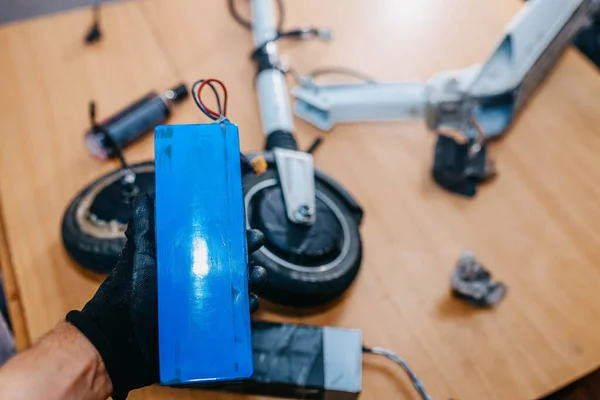
From monitoring your battery's health to ensuring your brakes are in optimal condition and keeping an eye on tire integrity, we'll cover all the necessary aspects of scooter maintenance. By following these simple yet effective tips, you can keep your scooter rolling reliably on the road ahead, enjoying worry-free rides for years to come.
Maintaining your scooter not only extends its lifespan but also ensures that it operates at its best. Regular checks and upkeep not only enhance performance but also minimize the risk of unexpected breakdowns and accidents.
With the right maintenance routine, you can enjoy a smoother, safer, and more enjoyable riding experience on your scooter, making every journey a breeze.
The Importance of Regular Scooter Maintenance
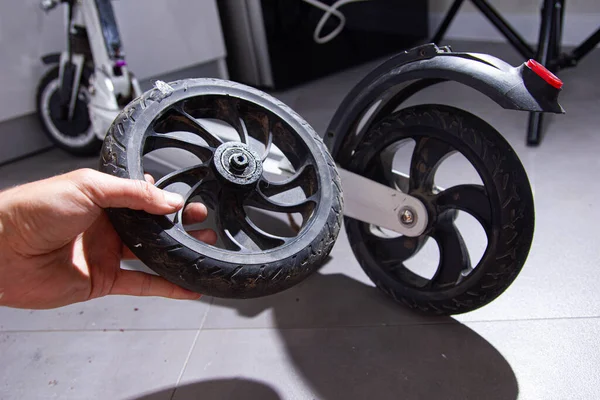
Imagine setting out for a ride on a sunny day, only for your scooter to stutter or, worse, refuse to start. Frustrating, isn’t it? Regular maintenance is like a health check-up for your scooter, ensuring it runs smoothly and is ready for your next adventure. Not only does it boost your vehicle’s performance, but it also ensures that you’re not caught off guard by sudden breakdowns or safety hazards.
But maintenance isn’t just about avoiding mishaps. It’s about improving your ride’s efficiency and extending its lifespan. A well-maintained scooter is a joy to ride, offering smooth operation and optimal performance. More importantly, it can save you money in the long run by avoiding expensive repairs and premature replacements.
We will now explore the three main pillars of scooter maintenance, which are safety, efficiency, and lifespan extension.
Safety Concerns
Riding a scooter isn’t just about the thrill and freedom; safety is paramount. It might surprise you, but regular maintenance plays a significant role in rider safety. Imagine hurtling down a hill, only to realize that your brakes aren’t responding, or navigating a sharp turn when your tires lose grip. Scary, isn’t it? These situations can be avoided with regular checks and maintenance of crucial components like brake pads and tires.
But it’s not just about the brakes, including the brake pads, and tires. Even the lights on your scooter play a critical role in safety, especially when riding after dark or in low-light conditions.
By regularly inspecting your lights, you ensure that you’re visible to other road users, reducing the risk of accidents. Remember, a safe ride isn’t just about how well you ride; it’s about how well-maintained your scooter is, including components like new brake pads.
Efficiency and Performance
Have you ever noticed your scooter struggling to maintain speed or battery charge draining faster than usual? These can be signs of a scooter crying out for maintenance. Your scooter’s efficiency and performance are directly influenced by regular maintenance, which guarantees a consistent and enjoyable riding experience.
One of the key factors that affect your scooter’s performance is tire pressure. Riding on under-inflated tires can make your scooter less efficient and affect its performance, making your rides less smooth and more strenuous. Keeping the correct tire pressure is a straightforward but powerful method to ensure your scooter performs at its peak.
Extending Lifespan
Here’s a fact: well-maintained scooters last longer. And who doesn’t want to extend the life of their faithful ride? Routine maintenance not only retains your scooter’s prime condition but can also substantially prolong its life, saving you from expensive repairs or replacements.
Key to extending your electric scooters’ lifespan is good battery care. Regular checks and good battery practices can significantly increase the life, ensuring years of reliable service. After all, maintaining the electric scooter battery is essential, as it is the heart of your electric scooter, and a healthy battery means a long and active life.
Essential Electric Scooter Maintenance Checklist
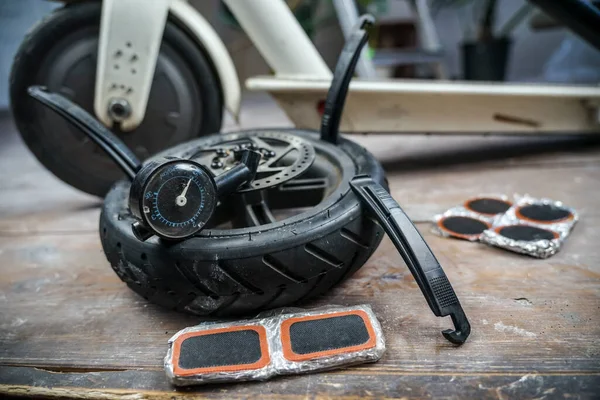
Having understood the importance of maintenance, it’s time to delve into the specifics with these electric scooter maintenance tips. This essential scooter maintenance checklist is your go-to guide for keeping your scooter in optimal condition, covering key areas like battery care, brake inspection, and tire maintenance.
This checklist is more than just a set of instructions; it serves as a guide to preventative maintenance and scooter maintenance tips.
By regularly checking and maintaining these components, you can prevent minor issues from turning into major, expensive problems. Think of it as a small investment of time and effort that pays dividends in the form of a reliable, efficient, and safe scooter.
1. Battery Care and Monitoring
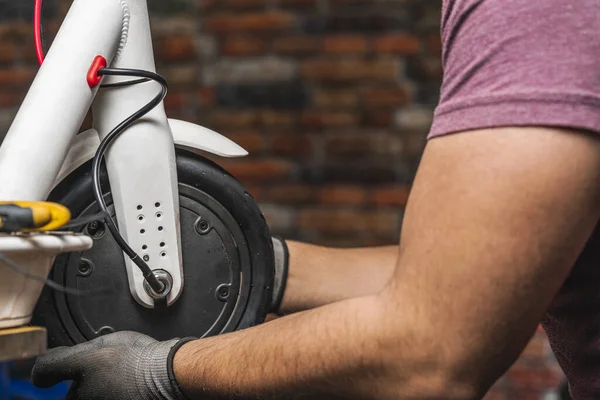
The electric scooter battery pack is the life force of your electric scooter, and like any life force, it needs to be cared for. Proper battery care includes regular monitoring of the battery compartment, preventing overcharging, and making sure the battery isn’t left discharged for long periods.
Neglecting battery care can lead to performance issues, reduced battery life, and even safety risks.
But how do you take care of your scooter’s battery? Here are some tips:
-
Regularly check the battery’s voltage using a multimeter to address any abnormalities.
-
Avoid overcharging the battery.
-
Ensure the battery is charged regularly, even when not in use.
Providing good care to your scooter’s battery will guarantee its reliable performance for many years.
2. Brake Inspection and Servicing
As your primary safety feature when riding, brakes, including disc brakes, warrant special attention. Frequent brake inspections and servicing, including checking the brake fluid, not only safeguard your safety but also avert accidents due to worn-down or malfunctioning brakes.
So, what should you look out for during a brake inspection? Keep an eye out for signs of wear or damage, such as worn pads or loose cables. If your disc brakes look worn out or don’t function as effectively as they should, it’s time to service them or replace the brake pads.
Remember, well-maintained brakes, including disc brakes, aren’t just a safety feature; they’re your lifeline when riding.
3. Tire Maintenance and Pressure
Next on our maintenance checklist are the tires. Tire maintenance, which impacts both safety and performance, is a key aspect of scooter maintenance. Keeping the right tire pressure is crucial for a smooth and safe ride, and routine inspections can help spot tire wear and tear before it escalates into a major problem.
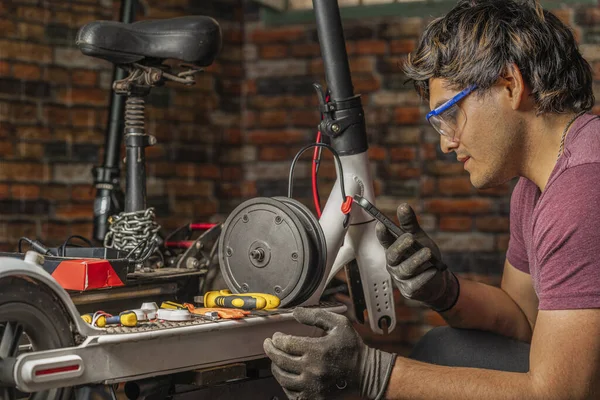
So, how do you maintain your scooter’s pneumatic air tires? Regularly check the tire pressure, and always maintain the recommended tire pressure for your scooter. Inspect the tires for wear and tear, and replace them when necessary. Remember, well-maintained solid tires not only ensure a smoother ride but also play a crucial role in your safety.
4. Cleaning and Lubrication: Protect Your Scooter's Components
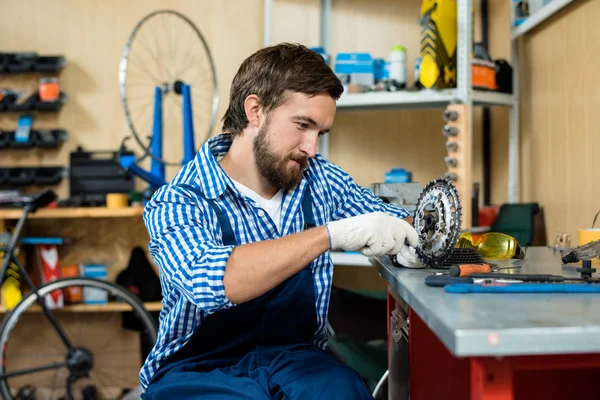
Visualize your scooter as a well-lubricated machine. Regular cleaning and lubrication with engine oil are necessary to keep it running smoothly. Cleaning eliminates dirt and grime that can hinder the scooter’s performance, and lubrication makes sure the moving parts operate smoothly with minimal wear and tear.
But cleaning and lubrication aren’t just about keeping your scooter shiny and noise-free. They’re about protecting your scooter’s components from damage, prolonging their lifespan, and ensuring optimal performance. So, grab your cleaning supplies and let’s get down to the details.
5. Proper Cleaning Techniques
When it comes to cleaning your scooter, technique matters. Using the right cleaning techniques can ensure a thorough clean without causing damage to your scooter’s components. For instance, using a damp cloth and gentle cleaning agents can effectively clean your scooter without exposing it to moisture damage.
But what about those hard-to-reach spots or stubborn dirt? That’s where specialist tools come in. Small brushes or old toothbrushes can be effective in cleaning tight spaces, while gentle soap can help remove stubborn grime. Remember, a clean scooter is a happy scooter!
6. Lubrication Essentials
Now that your scooter is squeaky clean, it’s time for some lubrication. Lubricating moving parts of your scooter, like the chain and gears, reduces friction, prevents wear and tear, and ensures smooth operation.
Different components require different types of lubricants, so it’s important to choose the right one for each part. For instance, a silicone or lithium lubricant is great for most parts, while a specialist bike chain lube works best for the chain.
Regular lubrication not only keeps your scooter running smoothly but also extends the lifespan of its components.
Troubleshooting Common Scooter Issues
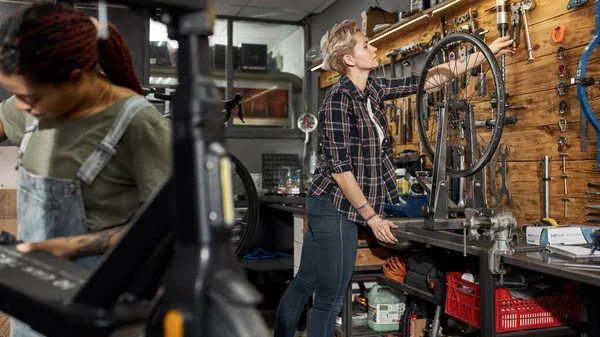
Despite maintenance, scooters may occasionally face issues. The key is to identify these issues early and resolve them before they escalate. Troubleshooting common scooter issues not only saves you from potential headaches but also helps prevent costly repairs down the line.
From battery-related problems to motor and electrical system malfunctions, understanding common scooter issues can help you diagnose problems and take appropriate action. So, let’s roll up our sleeves and delve into the common issues you might encounter.
Battery-Related Problems
Battery-related problems are some of the most common issues you might encounter with your scooter. These can range from issues such as the battery not holding a charge, improper charging, or even premature battery degradation. Regular monitoring with a battery tester and good battery practices can help prevent these issues.
But how do you know if your battery is having problems? Look out for signs like:
-
dim lights
-
weak horn
-
reduced performance
-
increased charging times
If you notice any of these symptoms, it might be time to check your battery life or consult a professional.
Motor and Electrical System Malfunctions
Motor and electrical system malfunctions can manifest in various ways, including stalling, non-movement, or even overheating. Maintenance and inspections can help identify these issues and provide timely solutions.
So, what should you do if you suspect a motor or electrical system malfunction? Start by checking for visible signs of malfunction, like erratic behavior or trouble starting. If the problems persist, it’s best to get your scooter checked by a professional to diagnose and resolve the issue.
Annual Inspections and Professional Servicing
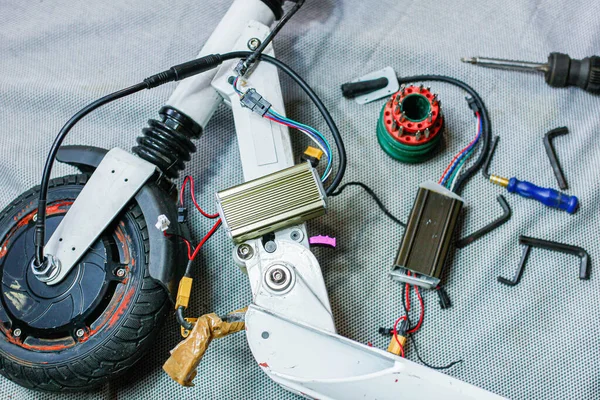
Although regular cleaning and maintenance can maintain your scooter’s condition, annual inspections and professional servicing add an extra level of care. These checks can help identify underlying issues that might not be immediately noticeable, ensuring your scooter is in optimal condition.
Additionally, most manufacturers recommend or require annual servicing to maintain your scooter’s warranty. So, by scheduling regular inspections and professional servicing, you’re not only keeping your scooter in top shape but also ensuring that your warranty remains valid. Using your scooter regularly can also contribute to its overall performance and longevity.
Conclusion
Maintenance plays a pivotal role in ensuring the safety, efficiency, and longevity of your scooter. By diligently monitoring the battery, servicing the drum brakes, keeping a close eye on tyre pressure, and inspecting the wheel bearings, scooter owners can optimize their ride's performance while preventing potential issues down the road.
However, it's essential to remember that self-maintenance should be complemented by annual inspections and professional servicing to detect underlying problems and maintain warranty validity. By following these key maintenance practices, scooter owners can enjoy a smoother and safer ride, even when facing challenging conditions such as a dirty ride, while extending the life of their valuable investment.
Proactive maintenance is not just a good practice; it's a necessity. It not only enhances the scooter's performance but also minimizes the risk of unexpected breakdowns and accidents. Regular maintenance, combined with annual professional inspections, ensures that your scooter remains in excellent condition.
To get some valuable electric scooter maintenance tips, consider consulting experts or referring to reputable online sources. This will allow you to enjoy your rides to the fullest while safeguarding your investment!
Frequently Asked Questions
How to do maintenance on a scooter?
To do maintenance on a scooter, change the oil every 6 months or 1000 miles, check tire tread and valve stems, inspect brakes and throttle cables, and tighten any loose screws and nuts. Maintenance helps keep your scooter in good condition and ensures safety.
Are scooters high maintenance?
Yes, scooters need regular maintenance like oil changes, air filter replacements, and valve clearance inspections similar to motorcycles, along with specific maintenance needs of their own. Maintenance is essential to keep them running smoothly, and it's important to consult the scooter's owner's manual for detailed instructions on how to properly care for it.
How often should I check the tire pressure on my electric scooter?
You should check the air pressure in the tires of your electric scooter at least once a week and always before a long ride to ensure safety and optimal performance.
What lubricants work best for electric scooters?
For electric scooters, you should use synthetic silicone/vaseline lubricant spray, waterproof lubricants, or spray lubricants with PTFE for the best performance. These options are recommended for maintaining your scooter's functionality and longevity.
How often should electric scooters go in for professional servicing?
You should take your electric scooter for professional servicing every 6 months or every 1,500km to ensure its riding style remains safe and well-maintained. It's important to keep it in good working condition.
